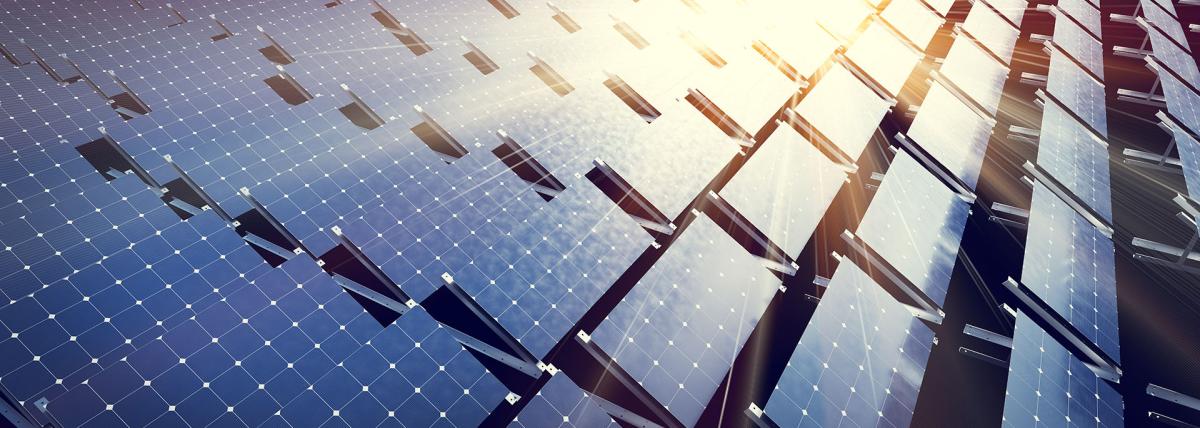
Fueling the Future: Exploring Alternative Energy Sources
by Vicky Manning
This lesson is a whole unit on energy. It can be broken up into 10 separate lessons. I chose to put them all together so that it was easier to see how I organized them so you did not have to search for them separately.
It starts with an introductory lesson on renewable and non-renewable energy sources and a discussion on future needs. Then we explore each of the energy sources available today. I continually remind the students that they should be taking notes and forming opinions because we end the unit with a debate and personal reflection.
In this unit on non-renewable and renewable energy sources, students learn the definitions and differences between wind, nuclear, solar, fossil fuels, hydroelectric, biomass, geothermal, and tidal energy. Then they conduct research on all of these sources, focusing on their characteristics, benefits, and environmental impacts. Students will work in groups to compile their findings and prepare arguments for a structured class game and debate on the pros and cons of non-renewable versus renewable energy. The lesson will culminate in a congressional vote where students will present and defend their positions, demonstrating critical thinking and effective communication. We concluded with a personal written reflection to assess learning, understanding, and more importantly personal opinion. Side note: buckle up the debate and the game it will get heated! It doesn’t get more real than this, during the game teams will inevitably try to bride or influence other teams and I always point out if that happens today in politics and ask if it is the right way to solve a problem. I NEVER point out political party’s platforms and always stay neutral.
Lesson Plan Link/URL
https://docs.google.com/presentation/d/1Tb-cJN4_JjQ1oc-Iy8tLtOOy_gbxfqnc/edit?u…Subject Area
Science Physical Science P1: Matter P4: Energy Transfer Earth and Space Science E1: Earth Systems Technology 1. Empowered Learner 3. Knowledge Constructor 4. Innovative Designer 5. Computational Thinker 6. Creative Communicator 7. Global Collaborator Engineering S1: Engineering & Global Society S2: Apply the Engineering Design Process S3: Apply Mathematics to Engineering S4: Apply Science to Engineering S5: Apply Technology to Engineering S6: Apply Communications to Engineering S7: Apply Project Management to Engineering English Language Arts (ELA) Reading (Literature) Reading (Informational Text) Writing Speaking & Listening
Featured
Off
Related Content

Grades:
9th Grade, 10th Grade, 11th Grade, 12th Grade
An investigation into the function and uses of solar panels in agriculture - Agrivoltaics. Exploring how to get the most efficient use of your solar panels for your gardens.

Grades:
Kindergarten, 1st Grade, 2nd Grade, 3rd Grade, 4th Grade, 5th Grade, 6th Grade, 7th Grade, 8th Grade
Most students are likely familiar with popular films like Happy Feet, Surf’s Up, Penguins of Madagascar, and classic books like Mr. Popper's Penguins. Capitalizing on this familiarity with penguins

Grades:
8th Grade, 9th Grade, 10th Grade, 11th Grade, 12th Grade
A lesson designed for an engineering course but that can be used in a science course where we investigate the physics of waves and how it can be applied to the world of art. Students will design and